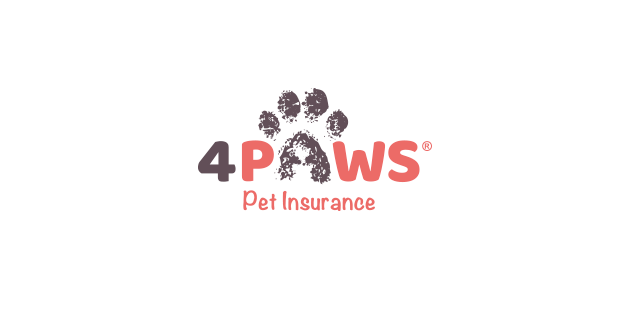23 Mar Keep your pet safe at Easter
As we hit the supermarkets in stampede for all things chocolatey and sweet, make sure your Easter break is a joyous time for the whole family with our ultimate guide to ensuring your pet is safe at Easter.
It’s not uncommon for our furry friends to chomp on something they shouldn’t, slippers and socks n all! However, as we’re filling our house with Easter supplies, it’s important to know exactly what can be a toxin or danger for our pets.
Here’s all you need to know to keep your pet safe at Easter!
Easter Eggs and other Chocolate
The chemical Theobromine is what is poisonous for dogs, cats and rabbits.
Chocolate and Easter eggs are plentiful in our households around easter, and if they’re within reach of your dog especially, the temptation will take over!
It is thought that cats and rabbits can’t taste sweetness so they’re less likely to try and eat chocolate. However as owners, still remain cautious.
It can take up to 24 hours for the poison to start taking effect in your pet, so keep your eyes peeled for any early symptoms including vomiting, tremors, abnormal heart rate and increased thirst.
Sweets
Another guilty pleasure that we just can’t get enough of at Easter is our sweets! But our sweet treats are made with Xylitol and other artificial sweeteners, which cause a real problem if digested by our four-pawed friends.
Even a small amount of this substance can be extremely detrimental to your dogs, cats and rabbits’ health.
If your pet does manage to sneak a sweet, there are some vital symptoms that they’ll display. These include vomiting, weakness, lethargy and seizures.
Baskets
Our pets tend to investigate everything new that we bring into our homes. And many gifts at Easter come in an Easter basket, with plenty of decorative supplies at our disposal.
Any filler materials, like straw and faux grass, can be exciting to cats especially and other small items and toys are attractive to dogs.
Both of these pose a risk if swallowed by a cat or dog, more than likely they’ll usually encounter a digestive obstruction. This is only solved through surgery.
When a cat or dog suffers from digestive obstruction, they’ll typically show signs of bloating, dehydration and persistent vomiting.
Flowers
Another important tradition of Easter is the Easter lily, also known as a lilium longiflorum. It is common for this plant to be both in our household or sprouting in our gardens however if you’re a cat owner you should avoid lilies at all costs.
Every part of a lily is fatally poisonous to a cat, including if the pollen transfers onto their fur or the ground they walk on.
As we know Easter brings along with it spring, which is a time of the year when all our favourite plants and flowers begin to bloom. But like lilies, there are lots of other plants that can be a danger to our pets including daffodils and tulips. You can find out more about the flowers that are dangerous to our pets here.
Speaking to a vet
Although Easter really is a time for the whole family to enjoy, our pets always come first. If you think your pet’s safety is at risk this Easter, it’s always better to contact your vet immediately.
You can use the FirstVet app to speak to a virtual vet, it’s free with all our policies and the experienced vets can provide advice, treatment recommendations, and a referral to your local vet practice, if necessary.




